GET STARTED

SAME-DAY CASH FOR INVOICES
Would you like to be paid the same day you deliver a load, rather than wait for 30 to 60 days? Freight factoring is the answer and a valuable financial tool. Waiting on invoices to be paid in full makes it difficult to grow your business. With freight bill factoring through TBS, you can get paid hours after delivering a load. Use your working capital to help improve and expand your business, and let TBS take care of your back-office billing and collections.
TBS Factoring Service makes trucking easier with unmatched technology and customer service. Learn more about our factoring services and start fueling your cash flow today.
Why Choose TBS?
There are numerous reasons to choose TBS as your factoring and back-office support team, but here are few quick reasons why so many truckers are part of the TBS family.
Get Paid Fast
Don’t wait for freight brokers and shippers to pay your freight bills. Boost your cash flow with TBS by getting paid the same day you deliver a load.
Easy & Fast Set Up
Working with a freight factoring company makes life easier. With TBS, getting set up is FREE and can be done in as little as 24 hours.
Quality Credit Checks
TBS provides free, unlimited, top-quality credit checks on every company you haul for. You’ll have all the credit information you need to make the best business decisions.
Customer Satisfaction
YOU are our number one priority. Customer satisfaction is at the heart of everything we do. Trust TBS to provide that extra-mile service so you can go further.
Exclusive Tools to Success
When you choose TBS, you’ll receive exclusive access to our cutting-edge technology to grow your business and make financing easier. Our tools are user-friendly and specifically designed for independent trucking companies.
TBS: Get Paid® App
Running an independent trucking company can be overwhelming, and you won’t always have a computer on hand to handle your finances. With our industry-leading TBS: Get Paid® app, you can manage your finances anywhere and anytime. Get fast, same-day pay for your loads.
Fuel Discount Cards
Fuel is one of the top costs for independent trucking companies. Save up to 90¢ a gallon on fuel by utilizing our fuel discount cards from Comdata®️ and EFS®️. TBS funds fuel cards Monday–Sunday until 11:00PM (central time). Skip the bank processing times AND save money on fuel!
